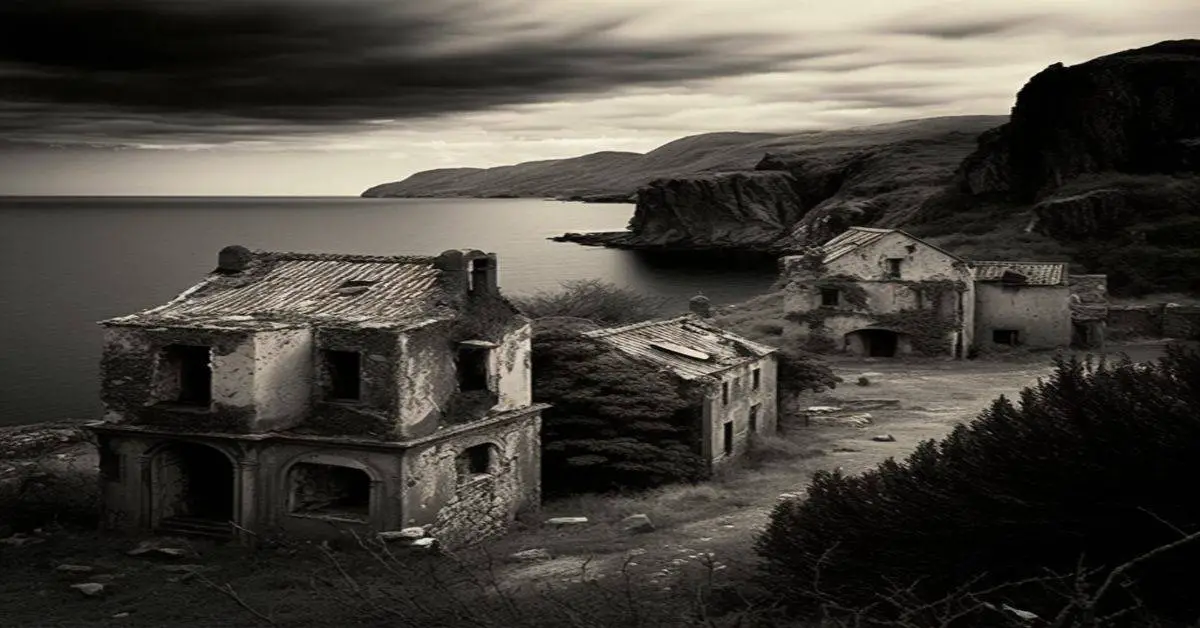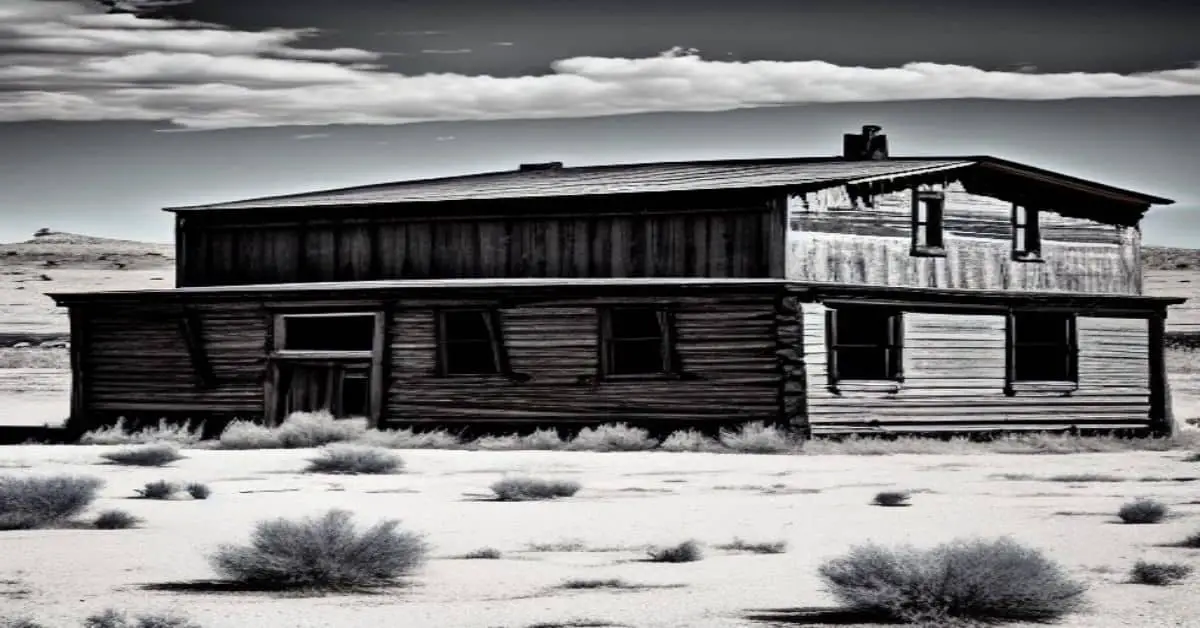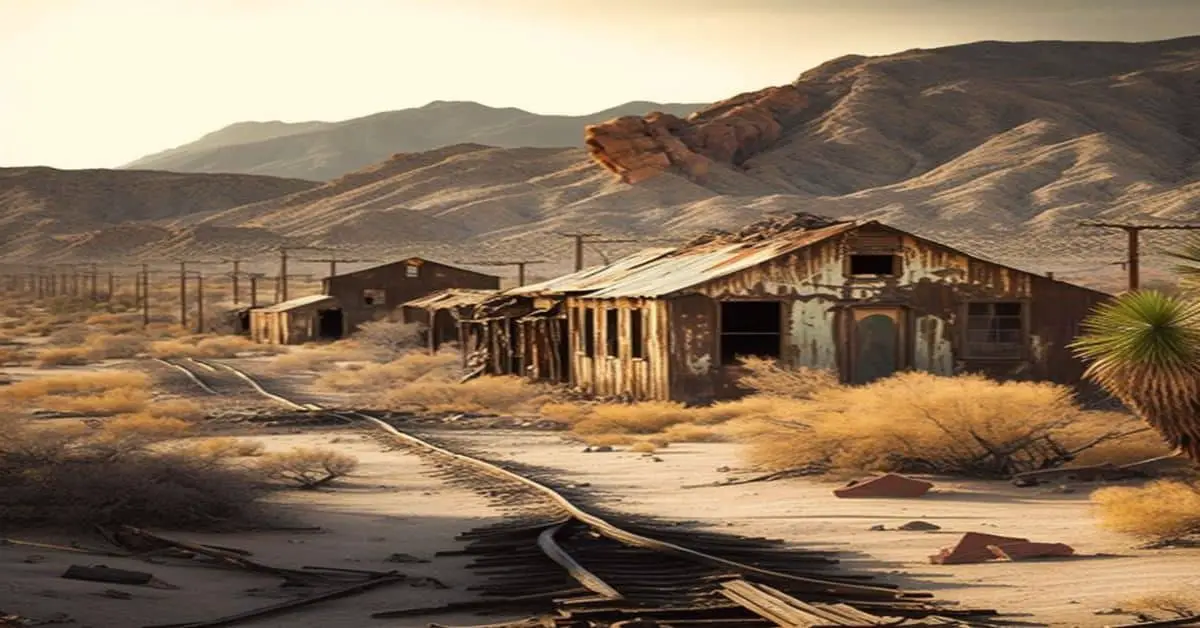‘Stepping back in time’ is an idiom that perfectly describes the experience of visiting Yuma Territorial Prison, an infamous institution that housed thousands of prisoners in the late 19th century. Located in Yuma, Arizona, this ghost town offers a hauntingly historic glimpse into the past, where visitors can explore the remaining buildings and learn about the prison’s dark history.
Opened in 1876 and closed in 1909, Yuma Territorial Prison was once home to some of the most notorious criminals in the Wild West. With over 3,000 prisoners, including 29 women, the prison had a reputation for being one of the toughest and most dangerous in the country. Despite its reputation, 26 prisoners managed to escape, and 111 deaths occurred due to the rampant tuberculosis outbreak.
Today, the prison remains a significant part of American history, drawing visitors worldwide to witness its eerie and captivating atmosphere.
Key Takeaways
- Yuma Territorial Prison is a historic institution in Yuma, Arizona that opened in 1876 and closed in 1909.
- The prison housed 3069 prisoners, including notorious criminals, 29 of which were female inmates. There were no executions, but 111 deaths from tuberculosis.
- Despite few buildings remaining standing, including cells, main gate, and guard tower, restoration projects are underway.
- Yuma Territorial Prison is a popular tourist site, with an entry fee of $5 for adults and $4 for children 12-17. Visitors report ghost sightings and unexplained noises, providing an opportunity to learn about Arizona’s history and criminal justice system.
Location and History
Located in historic Yuma, Arizona, the Yuma Territorial Prison holds significant historical value for its role in the state’s past. The prison, which opened on July 1, 1876, housed a total of 3069 prisoners during its operational years and was closed in 1909.
The prison’s history is marked by notable prisoners, including Pearl Hart, the infamous female stagecoach robber, and Buckskin Frank Leslie, a notorious outlaw and gambler. Additionally, the prison had 29 female inmates, which was a rarity during that time.
Despite its reputation as being one of the most dangerous prisons in the West, the Yuma Territorial Prison had no executions during its time of operation. However, 111 prisoners died, mostly from tuberculosis, which was a common disease during that era.
The prison’s walls and most of its buildings were destroyed by fires, townspeople, and railroad construction. Only a few buildings remain standing today, including the cells, main gate, and guard tower.
After Closure and Remaining Buildings
Following its closure in 1909, the Yuma Territorial Prison’s buildings were repurposed for various uses.
In the 1920s, the cells provided free lodging for hobos, while the buildings were also used as a shelter for homeless families.
Over time, however, fires, townspeople, and railroad construction destroyed the prison walls and most buildings.
Today, only the cells, main gate, and guard tower remain, which have become a popular tourist attraction in Yuma.
In recent years, efforts have been to preserve the remaining structures of the Yuma Territorial Prison.
Restoration projects have been undertaken to protect and maintain the old buildings.
While the prison is now a popular tourist site, it has also gained a reputation for being haunted.
Visitors have reported experiencing strange occurrences, including ghost sightings and unexplained noises.
These ghost stories add to the allure of the prison and make it an even more intriguing destination for those interested in history and the paranormal.
Visiting and Additional Information
Visitors to the site can gain a deeper understanding of the prison’s history by taking a guided tour and learning about the various uses of the remaining buildings. The fee for entry is $5 for adults and $4 for children aged between 12-17. Children under 11 can enter for free.
A visit to the prison provides an excellent opportunity for people to learn about the history of Arizona, particularly the state’s criminal justice system. Additionally, visitors can explore the prison’s remaining buildings, including the cells, the main gate, and the guard tower.
Apart from the prison’s history, visiting Yuma Territorial Prison can also be an opportunity to learn about Emily C. Underhill’s WWII experience. Emily C. Underhill, the grandmother of Bobby Zlatevski, watched for aircraft during WWII from the guard tower at the prison. This experience provides a unique perspective on the role of Yuma Territorial Prison during wartime.
Overall, a visit to Yuma Territorial Prison is an excellent way to learn about Arizona’s history and gain a deeper understanding of the criminal justice system.
Frequently Asked Questions
Are there any paranormal experiences reported at Yuma Territorial Prison?
Paranormal investigations have been conducted at Yuma Territorial Prison, with ghost sightings reported by visitors and staff. However, there is no conclusive evidence to support these claims, and the prison’s history remains the main attraction for visitors.
How were prisoners treated at Yuma Territorial Prison?
Prisoners at Yuma Territorial Prison were subjected to harsh conditions, with overcrowded cells, inadequate food, and limited medical care. Rehabilitation efforts were limited, with forced labor being the primary focus.
What were some of the most notorious inmates at Yuma Territorial Prison?
Notorious inmates of the Yuma Territorial Prison include Pearl Hart, who committed a train robbery, and Buckskin Frank Leslie, a gunman. Despite its haunting reputation, the prison’s significance lies in its treatment of prisoners and historical context.
How did the Yuma Union High School utilize the empty prison buildings?
Yuma Union High School repurposed the empty Yuma Territorial Prison buildings from 1910-1914. The school occupied the buildings, which provided free lodging for hobos and shelter for homeless families. The community impact was to provide educational opportunities and housing support.
What is the significance of the old prison cemetery located across from the prison?
The old prison cemetery located across from Yuma Territorial Prison is historically significant as it serves as the final resting place for over 100 inmates who died during their incarceration. Its preservation and restoration are important for cultural and historical purposes.


